Homeowner Newsletter: Spring 2015
©2015 Jeffrey C. May
As I’ve often told my clients, “dust is the devil,” particularly for families with allergies, asthma or other environmental sensitivities. If you do any “spring cleaning” this time of year, take the opportunity to remove dust from your indoor environment.
What’s lurking in the dust that might cause health symptoms?
Dust mites: Pests that are virtually invisible to the naked eye, dust mites are one of the most common causes of allergy and asthma symptoms in the world. Dust mites thrive on our skin scales and body moisture, so they are often found in beds, as well as in oft-used furniture and (rarely washed) clothing. Encase all box springs, mattresses and bed pillows with dust-mite covers. Unless the mattresses and pillows are new, use the covers that have solid plastic (polyurethane) liners. Never remove such covers from mattresses or box springs. If you feel you must wash them now and then, install two covers on the mattress, so that you can remove the outer one for cleaning, and leave the inner one in place. Put quilts and blankets into a dryer once a week for fifteen minutes or so on a low to medium heat setting; the heat and agitation will kill the mites.
Down-filled quilts, pillows and furniture can be contaminated with dust mites. If you have dust-mite allergies, don’t have feather-filled goods in your home – especially in your bedroom, where you may spend up to a third of your time during any 24-hour period.
Believe it or not, fish-tank covers can become contaminated with dust-mites – all that warm moisture, and those fish-food flakes (another favorite dust-mite food). If you have a fish tank in your home, don’t spill the fish flakes on the lid, and keep the top and bottom of the lid clean. And don’t put a fish tank in the bedroom of anyone in your family who has dust-mite allergies.
There are over a dozen different species of mites that live in homes – only two of which are tested for by physicians during regular allergy testing. You could have a mite infestation and suffer allergic reactions as a result of exposure to the mites, and yet be told that you do not have a “mite” allergy.
We would like to include some “questions and answers” in one of our newsletters. Please send any question(s) you would like to ask, and we may publish your question and my answer. One person who sends in a question will win a complimentary copy of Jeff May’s Healthy Home Tips. The winner will be selected at random. Communicate with me via e-mail: jeff@ mayindoorair.com
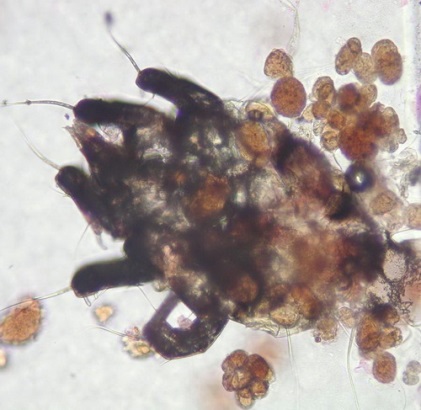
Pets: Dogs and cats can be “living mops,” collecting dust as they move around your house. Spring is a good time to clean your pets. It’s also a great time to replace dog beds (especially feather-filled ones), which can become contaminated with mites and even be a source of allergic reactions your pet may be suffering (like asthma). Better yet, use a folded blanket as a dog bed, and wash the blanket on a regular basis.
Humidifiers: Dust mites thrive in moisture. You may still keep the heat on until the late spring, especially at night; and you may have a portable humidifier in your bedroom that you run at night. Many portable humidifiers are contaminated with microbial growth (yeast, mold, bacteria). By-products of this growth can collect on surfaces in the room. Use only a warm-mist humidifier, which boils the water and thus inhibits microbial growth.
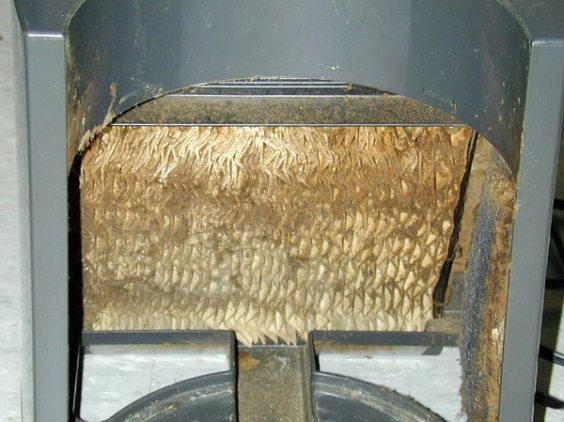
Using a thermo-hygrometer (available at many hardware and home-supply stores), measure the relative humidity (RH) in the room you are humidifying. Keep the RH at or under 40%, and under 35% in very cold weather. If there is water condensing on the walls and windows, don’t humidify so much, regardless of the RH in the room. When it’s time to put your humidifier away for the summer, empty all the water from the reservoir, and disconnect and clean the various parts of the appliance. Clean the appliance again before using it next fall and winter.
Antiques: Spring is a good time to remember to clean the backs and bottoms of your furniture. Antiques in particular may have surface mold growth because they have often been stored in damp basements, barns or garages. Using a flashlight and mirror, check the backs and bottoms of any antiques you have in the house (easiest with a flashlight and mirror). If you see the spots or colonies of mold growth, clean those surfaces.
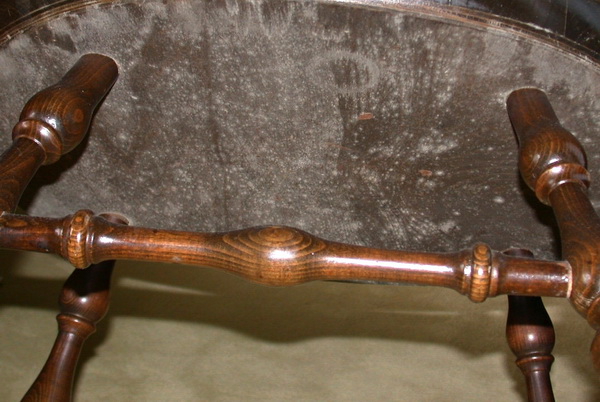
Unfinished wood should be HEPA vacuumed and then sealed with either clear shellac or an Elmer’s glue and water solution (one part glue to one to two parts water). It’s best to do this work outdoors, and wear gloves and a NIOSH N95, two-strap mask. If you must do the work indoors, isolate the work place and operate a fan on exhaust in a window, so any moldy dust you kick up while cleaning will be blown out of the room. Clean surfaces in the room when you are done. If you are sensitive to mold, have someone else do this work for you.
Obscure spots to clean: Clean the cabinet kick spaces in your kitchen; such surfaces often become moldy. Roll your refrigerator out so you can clean the bottom, top, sides, front and back (including the coils). Use a 36-inch vacuum crevice tool (available on line) to get to hard-to-reach spots. Look for a drip tray at the back or at the bottom. If a tray is present, remove the tray for cleaning. If the tray is plastic (not metal!), put two or three tablespoons of salt in the tray to help inhibit microbial growth.
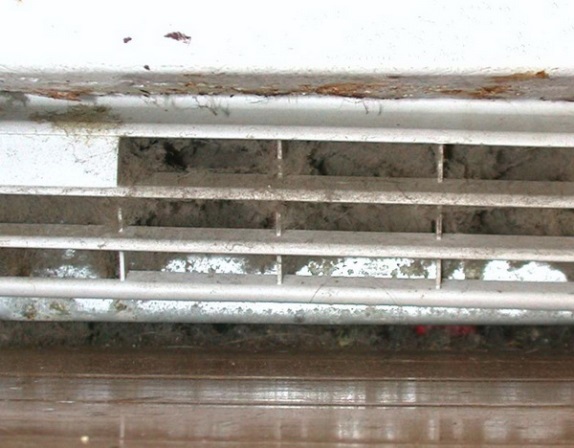
Look at the bottom of the water tank at each of your toilets. These surfaces often get moldy and can be cleaned with a dilute bleach solution or with any household cleaner you can tolerate.
General cleaning tips for spring cleaning: Use a HEPA vacuum for all household cleaning. Avoid a bagless model, even if it is HEPA, because if you empty the machine indoors, you will aerosolize some of the captured dust. Avoid fragranced cleaning products. Fragrances are just chemicals, so why add more chemicals to your indoor environment? If you do extra loads of laundry this time of year, now is a good time to look at the ingredients on the laundry-detergent bottle. If the ingredients contain enzymes, switch to an enzyme-free product (always check the label). Enzymes (which include anything that ends in “ase” like amylase or protease) can cause respiratory symptoms and skin irritation in people who are sensitized. And unless you wash the clothing in hot water, or dry clothing on a hot setting, enzymes residues remain in the fabric and lint.
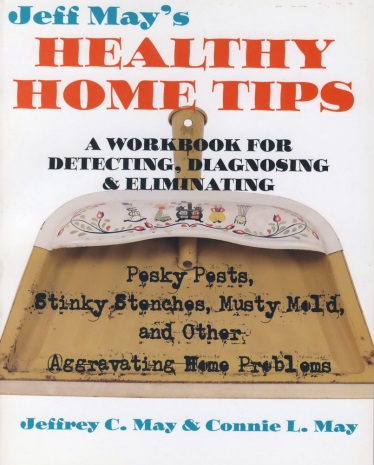
Refer to our workbook “Jeff May’s Healthy Home Tips” for further cleaning and maintenance advice.
